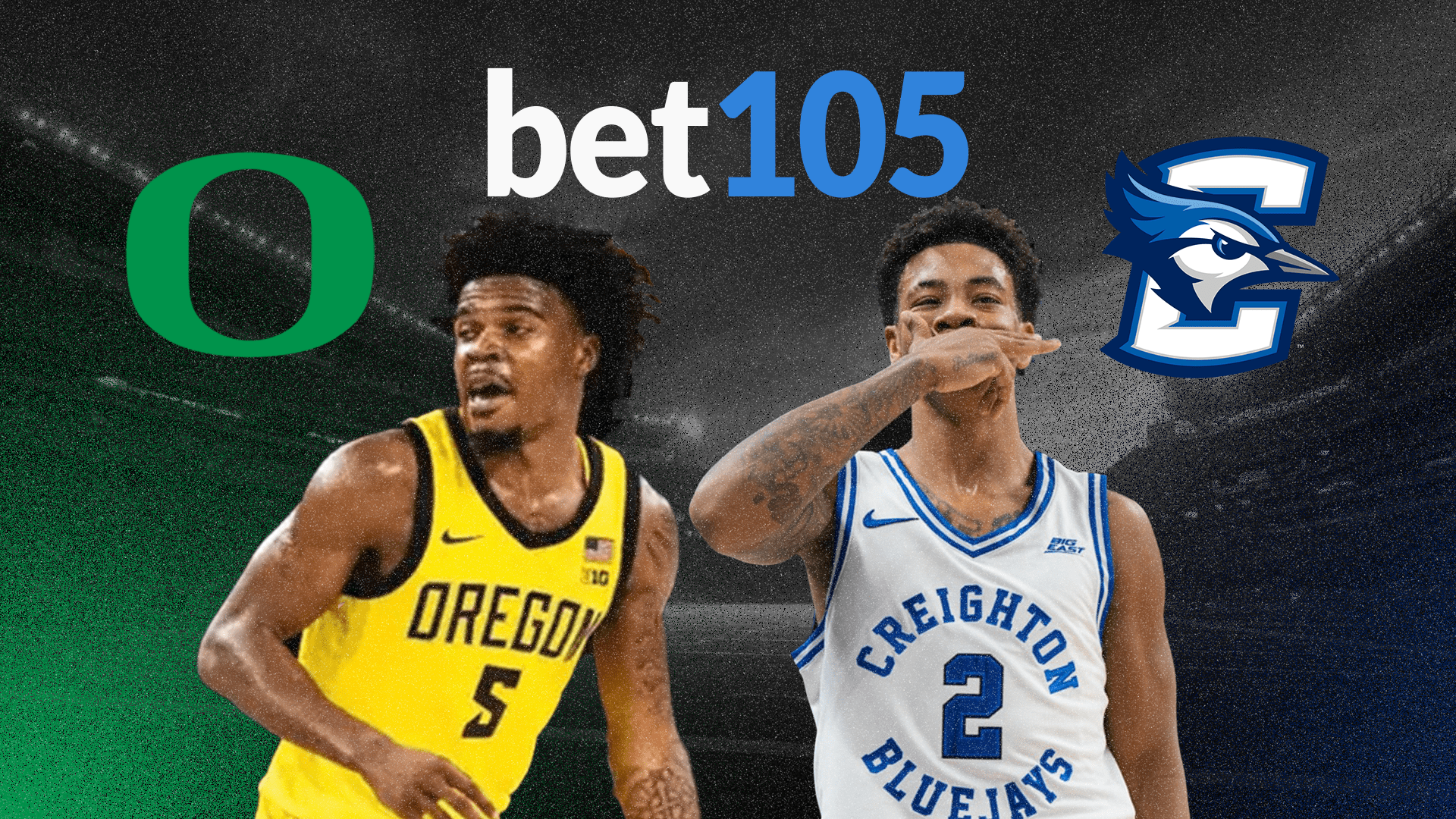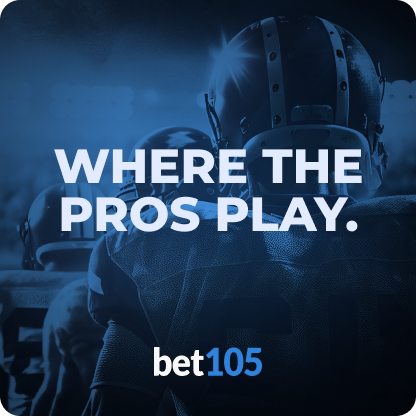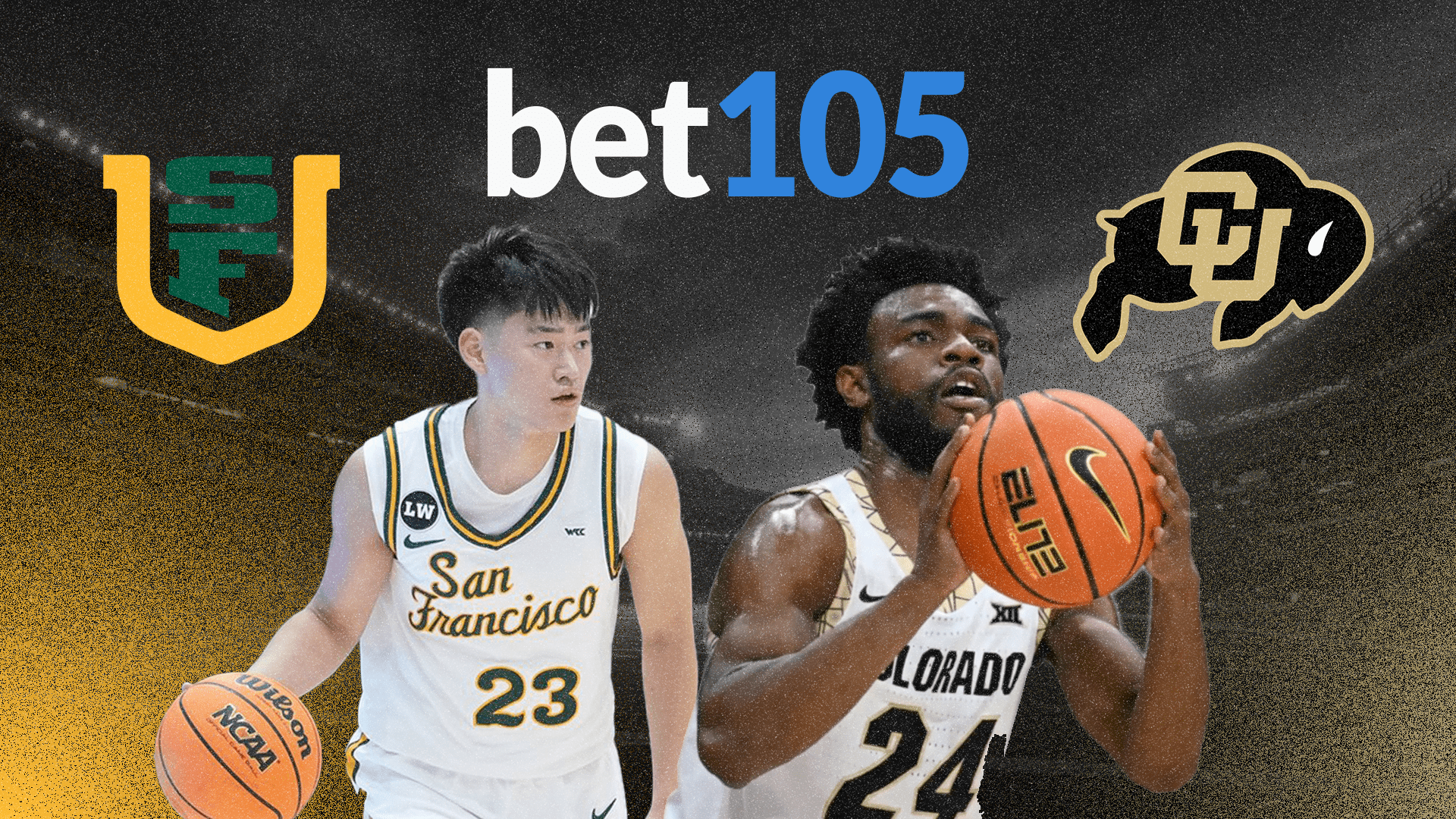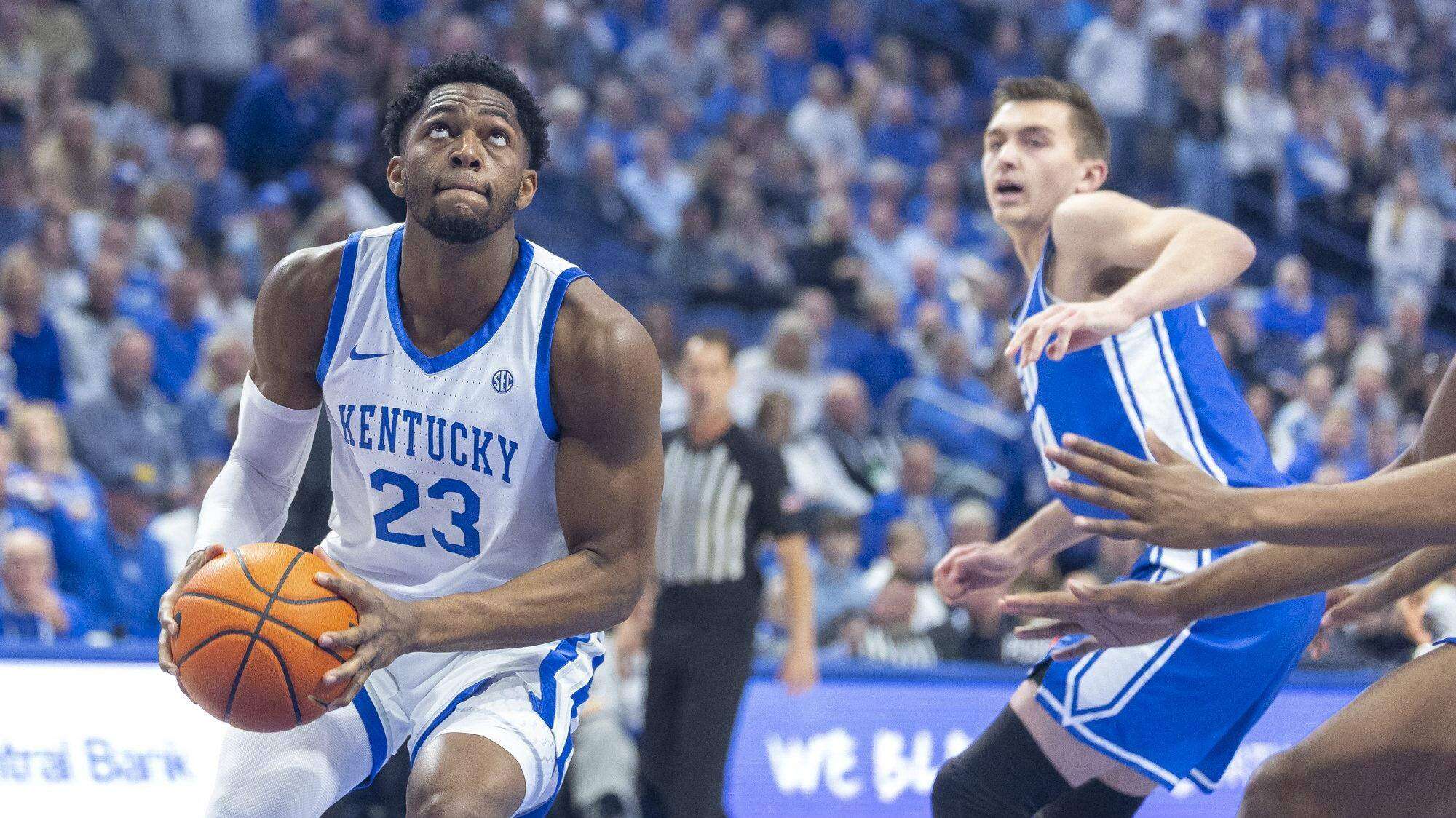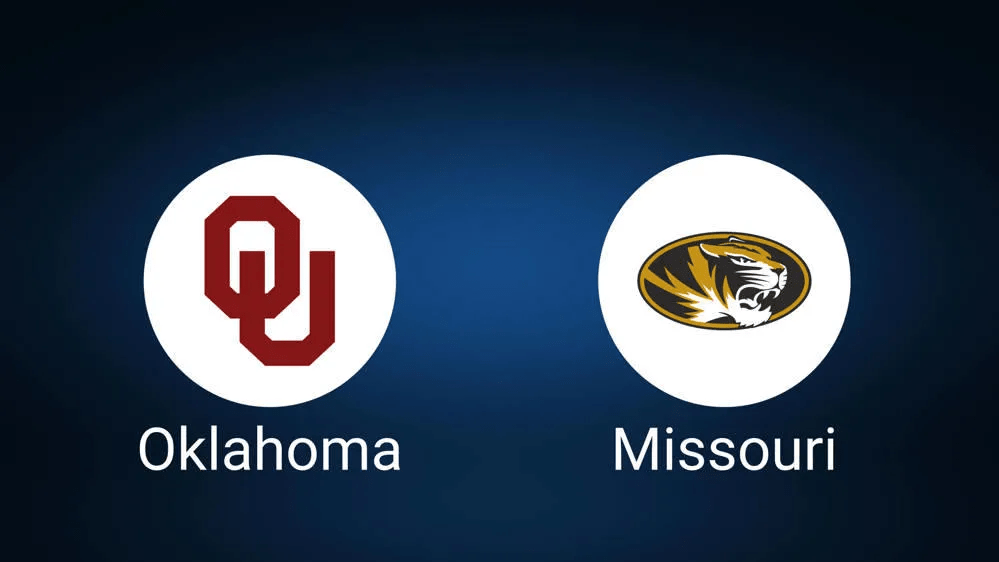Charlotte 49ers vs. Illinois State Redbirds Advanced Game Analysis
Charlotte 49ers vs Illinois State Redbirds Advanced Game Analysis – NCAA Men’s Basketball Nov.27, 2025 Matchup Preview Metric Charlotte
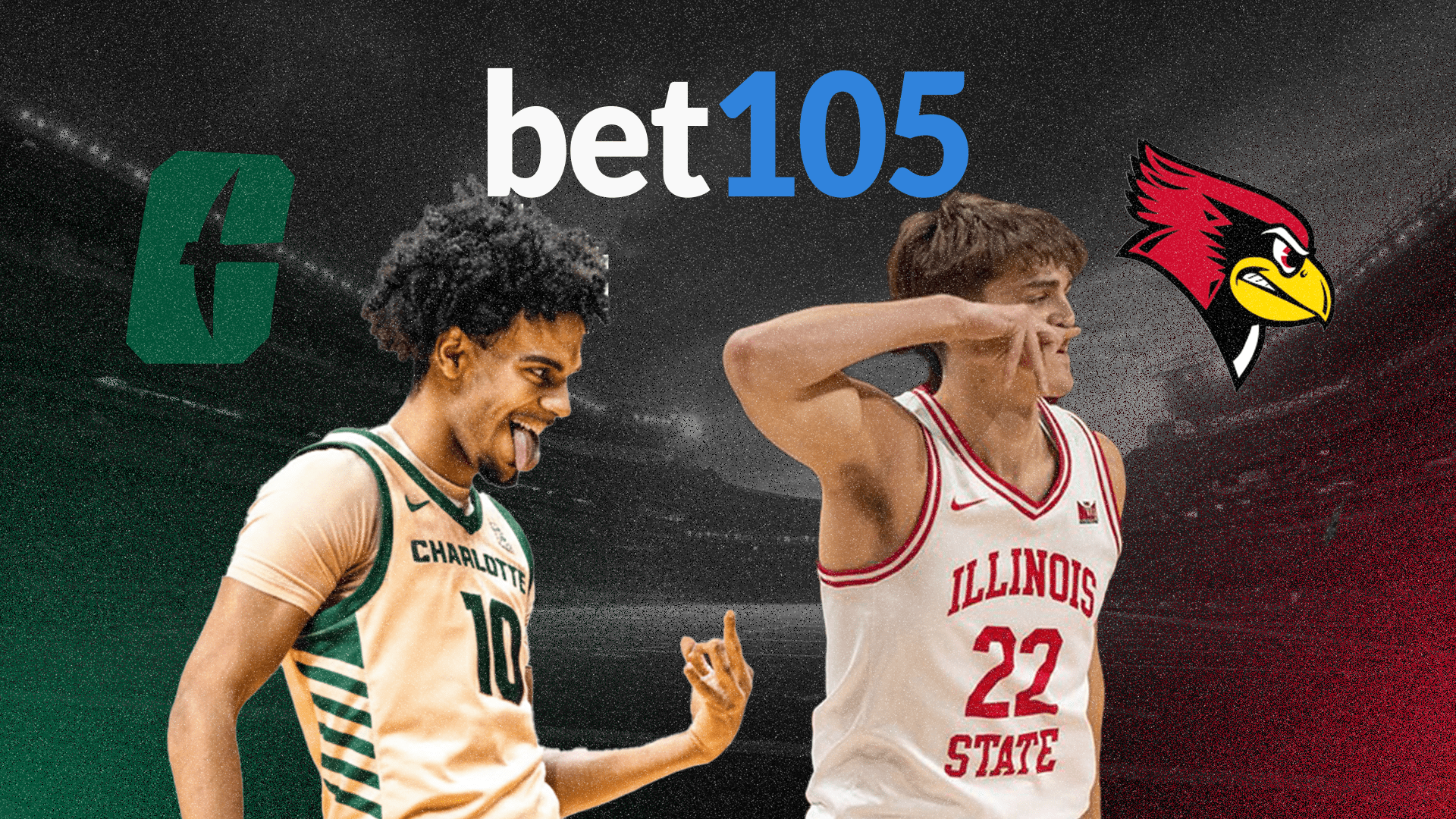
Charlotte 49ers vs Illinois State Redbirds Advanced Game Analysis – NCAA Men’s Basketball Nov.27, 2025
Matchup Preview
| Metric | Charlotte 49ers | Illinois State Redbirds |
|---|---|---|
| Current Record | 3-3 | 6-1 |
| Predictive Rank | 197 | 111 |
| Offensive Efficiency | 122nd / 1.085 | 138th / 1.069 |
| Points Per Game | 71.2 | 77.4 |
| Average Score Margin | +0.8 | +8.2 |
| Effective FG% | 50.3% | 50.5% |
| Opponents’ Effective FG% | 53.1% | 46.0% |
| Turnover Percentage | 14.2% | 11.9% |
| Total Rebounds Per Game | 38.2 | 39.8 |
Team Profile
Charlotte 49ers Team Profile
Charlotte enters this season trying to carve out an identity built on balance and control rather than extremes. Their opening stretch has produced a 3-3 record with a narrow scoring margin of just under one point per game. The team is competitive and capable of stretching games deep into the second half, but they are still in search of a defining edge that clearly separates them from mid-tier opponents.
Offensively, the 49ers fall into the national middle tier. Their offensive efficiency rating sits just above 1.08 points per possession, a respectable mark built not on elite shot making but on reasonable balance across different scoring methods. They are not explosive, but they are capable. Their effective field goal percentage around 50 percent reflects a shot diet that mixes threes, mid range attempts, and interior touches without overly leaning on any single option.
The most impressive statistical mark on their resume is offensive rebounding. Charlotte is hauling in close to 38 percent of their own misses, a very high figure, and one that directly impacts their scoring identity. That means even when their initial shooting is not sharp, they can sustain possessions, extend clocks, and create additional scoring windows. This physical, glass crashing identity is where Charlotte can meaningfully tilt games against teams that are not prepared to match that level of effort.
Defensively, Charlotte has been inconsistent. Allowing opponents to post an effective field goal percentage above 53 percent is concerning and signals issues with shot contests, rotations, or the ability to influence attempts at the rim. The 49ers have the tools in size, length, and interior presence to be better than this, but they have not consistently strung together stops. Their rim protection numbers are decent, yet their overall defensive efficiency is dragged down by late closeouts and occasional breakdowns in help coverage.
Charlotte’s season outlook hinges on whether they can maintain their offensive rebounding advantage while tightening defensive discipline. When they control the glass and limit opponent efficiency, they look like a team that can grind out games in the low 70s. But if their defense continues to allow clean looks and second chance opportunities dry up, they struggle to keep pace with more efficient opponents.
Illinois State Redbirds Team Profile
Illinois State has started their season with more assertiveness and efficiency, entering this matchup at 4-2 with a strong positive scoring margin. This differential is supported by multiple commanding wins, including blowouts that show not only the ability to dominate weaker opponents but also the capacity to play sharp, connected basketball on both ends.
The Redbirds offense is well rounded, scoring in the high 70s with an efficiency rating in the 1.06 to 1.07 range. They pair solid shooting with outstanding ball security, turning the ball over on fewer than 12 percent of possessions. This combination of clean possessions and multi level scoring gives them a sustainable offensive identity that does not depend on a single hot hand or streak driven scoring.
On the glass, Illinois State is sturdy and disciplined. They rebound close to 40 boards per game and hold opponents to very few second chance opportunities. Their defensive rebounding rate is one of their quiet strengths, limiting extra possessions from physically imposing teams and enabling their offense to operate from a controlled rhythm rather than constant scramble situations.
Defensively, Illinois State has been highly effective. Opponents are shooting around 46 percent in effective field goal percentage against them, a major edge relative to Charlotte. Their scheme focuses on positional soundness, disciplined closeouts, and forcing opponents to score through contested looks rather than defensive breakdowns.
Overall, Illinois State projects as the more polished and consistent team. Their combination of scoring margin, ball security, defensive efficiency, and rebounding fundamentals suggests a sustainable formula that should translate well across different game styles and opponent types.
Team Identity
Charlotte 49ers Identity Snapshot
- Tempo: Moderate, leaning toward controlled half court games
- Play style: Balanced, mixing post touches with perimeter movement
- Offense focus: High offensive rebound rate and structured sets 🔥
- Defense focus: Rim challenges and physicality, but inconsistent shot contests
Illinois State Redbirds Identity Snapshot
- Tempo: Moderate to fast depending on matchup 🔥🔥
- Play style: Efficient, guard driven structure with strong spacing
- Offense focus: Low turnovers, multi level scoring, and steady pace
- Defense focus: Connected half court structure limiting clean looks
High Level Team Comparison
This matchup features a Charlotte team still forming its competitive identity facing an Illinois State group that already looks cohesive and efficient. Charlotte leans heavily on effort driven advantages, particularly offensive rebounding, while Illinois State leans on structural advantages such as low turnovers, clean shot creation, and disciplined perimeter defense.
Charlotte’s best chance is to turn this into a grind: a low possession game with heavy physicality, offensive rebounds, and frequent trips deep into the shot clock. They want a rock fight. Illinois State thrives in composed, efficiency driven games where both teams execute consistently. They want the game to reflect their structure, not volatility.
The underlying numbers give Illinois State the clearer identity, the stronger efficiency profile, and the more stable path to victory. Charlotte can compete, but they need to impose their rebounding and disrupt Illinois State’s shot quality edge to pull the game into their preferred style.
By the Numbers
Scoring & Efficiency 🔥
Points Per Game: Charlotte: 71.2 Illinois State: 77.4 ✅ Edge ISU Average Score Margin: Charlotte: +0.8 Illinois State: +8.2 ✅ Edge ISU Offensive Efficiency: Charlotte: 1.085 (around 122nd) Illinois State: 1.069 (around 138th)
Shooting Profile
Effective FG %: Charlotte: 50.3% Illinois State: 50.5% ✅ Slight edge ISU Opponent eFG %: Charlotte: 53.1% Illinois State: 46.0% ✅ Major edge ISU Shot Quality Feel: Charlotte: ████████░░ Solid but volatile Illinois State: █████████░ Stable, efficient 🔥
Rebounding
Total Rebounds Per Game: Charlotte: 38.2 Illinois State: 39.8 ✅ Slight edge ISU Offensive Rebound %: Charlotte: 38.4% 🔥 Elite on the glass Illinois State: 24.6% More conservative Defensive Rebounds Per Game: Charlotte: 21.8 Illinois State: 28.0 ✅ Stronger board control Opponent Off Rebounds Per Game: Charlotte: 11.6 Illinois State: 8.4 ✅ Better at closing possessions
Ball Security & Disruption
Turnover % (Offense): Charlotte: 14.2% Illinois State: 11.9% ✅ Cleaner handles Steals Per Game: Charlotte: 4.4 Illinois State: 4.2 Similar disruption Blocks Per Game: Charlotte: 3.4 Illinois State: 2.0 Charlotte's rim presence 🔥
Foul Profile
Personal Fouls Per Game: Charlotte: 18.4 Illinois State: 18.4 Nearly identical Free Throw Rate (FTA / FGA): Charlotte: 0.366 Illinois State: 0.392 ✅ Slightly more pressure at the rim
Advanced Metrics and Tempo Analysis
Advanced Metrics Snapshot 🔥🔥
Shot Quality Differential (Estimated): Charlotte: ███████░░░░ +3 to +4 points per 100 possessions when locked in Illinois State: █████████░░ +6 to +8 points per 100 possessions Pace & Possession Context: Charlotte: ██████░░░░░ Moderately paced Illinois State: ███████░░░░ Moderately paced with surges Lineup Stability: Charlotte: ████████░░░ Core still evolving Illinois State: ██████████░ Roles clearer, especially during winning streak Momentum Swing Potential: Charlotte: ██████░░░░░ Runs driven by offensive boards and effort Illinois State: ███████████ Runs driven by efficient two way stretches 🔥🔥🔥
Shot Quality and Selection
When you combine effective field goal percentage with turnover percentage, Illinois State grades out as the more reliable shot quality team. They are turning the ball over at under 12 percent of their possessions while maintaining comparable shooting efficiency to Charlotte. That means fewer empty trips and more chances for their average shot quality to translate directly into points.
Charlotte’s offensive rebounding spike suggests that a chunk of their shot diet is less efficient on the first attempt, with second chance opportunities bailing them out. That is not necessarily a negative, but it does mean they are more dependent on effort and physicality to compensate for less precise half court execution. Against a defense as connected as Illinois State’s, that balance becomes critical.
Rim vs Perimeter Defense Visual
Rim Protection (blocks, boards, opponent finishing): Charlotte: ████████░░ Solid size, but leaky overall eFG Illinois State: █████████░ Strong contests, rebounding closes plays 🔥 Perimeter Containment (opponent shooting, closeouts): Charlotte: ██████░░░░ Late closeouts show up in 53.1% opp eFG Illinois State: █████████░ Better at forcing tougher jumpers
Tempo and Possession Game
Neither team is playing at an extreme tempo, but Illinois State’s profile suggests they are more comfortable allowing games to rise into the high 70s in scoring while still controlling the efficiency battle. Their scoring, combined with a strong margin, tells you they can play in games where possessions accumulate and still maintain control.
Charlotte is more dependent on the game state. If their offensive rebounding is creating second chance buckets and their defense is at least average, they can win mid 60s or low 70s contests. If the game drifts into a pure efficiency battle with fewer second chance opportunities, Illinois State has the clearer numbers edge.
Offense vs Defense Matchups
Charlotte Offense vs Illinois State Defense 🔥
This side of the ball is a major inflection point. Charlotte’s offense is balanced and opportunistic, but it is not overwhelming from a pure efficiency standpoint. Their best weapon is that near 38 percent offensive rebound rate, which can punish any team that fails to finish possessions with secure boards. The question is whether they can create enough initial pressure on Illinois State’s defense to force the kind of help and rotations that lead to easy put backs.
Illinois State’s defensive metrics suggest a team that rarely beats itself. Opponents are shooting at a modest effective field goal rate, and the Redbirds are holding teams under 70 points per game. That profile signals good positional integrity, reasonable closeouts, and enough resistance at the rim to discourage endless paint attacks. If Illinois State can keep the ball in front, contest Charlotte’s first look, and keep the 49ers off the offensive glass just enough, this matchup tilts heavily toward the Redbirds.
From a schematic lens, Charlotte will likely try to leverage ball screens to pull Illinois State’s bigs away from the rim, then crash the glass from the weak side with wings and forwards. They must also avoid over relying on late shot clock isolations, where Illinois State’s defensive shell has looked comfortable. The 49ers need to force the Redbirds into more scramble situations than they typically face to unlock their offensive ceiling.
Illinois State Offense vs Charlotte Defense 🔥
On the other side, the Redbirds offense has a cleaner path. Illinois State is averaging in the high 70s with an offensive efficiency above 1.06 and strong ball security. Charlotte is allowing opponents to shoot over 53 percent in effective field goal terms. That combination hints at a matchup where Illinois State should be able to generate high quality looks through simple actions: drive and kick sequences, ball reversals, and structured pick and rolls against a defense that has not fully solved its rotation timing.
Charlotte’s best defensive hope is to turn their shot blocking and physicality into disruption. With more than three blocks per game and a willingness to challenge at the rim, they can alter layups and floaters. If they can combine that with more connected closeouts on the perimeter, they might hold Illinois State closer to the low 70s and give their own offense a chance to keep up. But if the Redbirds are able to repeatedly get downhill and force rotation, their shot quality advantage is likely to show up in both the box score and the scoreboard.
Recent Form and Context
Form is firmly on Illinois State’s side. A three game winning streak with consecutive blowouts demonstrates that their system is functioning, their shot distribution is comfortable, and their depth is contributing. Charlotte, by contrast, has alternated wins and losses and sits at 3-3, still working through what their best combinations and late game lineups look like.
On a neutral floor, the predictive rank gap between these teams adds another layer. The Redbirds are being evaluated as a clearly better overall team at this stage of the season. While rankings are not destiny, they are a shorthand for the current body of evidence: Illinois State has simply played more like a postseason quality side than Charlotte has so far.
The key contextual question is whether Charlotte’s offensive rebounding and physicality can flatten that gap for a single game. Tournament style settings often introduce volatility, and teams with strong interior effort can sometimes drag a more efficient opponent into an ugly, winnable battle. If this game turns into that kind of grind, predictive metrics matter less, and execution over the final five minutes becomes everything.
Key Players and Roles (Archetype Focus) 🔥
Charlotte 49ers
- Primary initiator guard:
Charlotte’s lead ball handler is responsible for navigating Illinois State’s half court discipline. Their job is to initiate sets, probe for gaps, kick out to shooters, and ensure the 49ers are not wasting possessions. Turnover management from this spot is crucial, given Charlotte’s need to maximize every trip. - Glass crashing forward 🔥:
The 49ers best offensive rebounder is one of the hidden keys to the game. This player’s motor can convert misses into points, draw fouls on Redbirds bigs, and tilt possessions in Charlotte’s favor. If this role dominates the glass, Charlotte’s underlying efficiency concerns become less damaging. - Stretch capable wing:
With Illinois State likely to prioritize packing the lane, Charlotte’s spacing threats matter. A wing who can hit open threes, attack closeouts, and defend multiple positions becomes a critical bridge piece between the frontcourt power and backcourt initiation.
Illinois State Redbirds
- On ball creator and advantage engine 🔥🔥:
Illinois State’s lead guard functions as the primary advantage creator. Whether out of ball screens or simple dribble attacks, this player’s ability to collapse Charlotte’s first line of defense opens up easy catch and shoot opportunities and driving lanes for teammates. - Spacing forward:
A frontcourt player who can step out, hit mid range or perimeter shots, and still rebound at a high level gives Illinois State the spacing edge. This role pulls Charlotte’s bigs away from the rim and makes it harder for the 49ers to dominate the glass without conceding clean looks. - Defensive anchor:
The Redbirds primary interior defender will be tested by Charlotte’s rebounding and rim pressure. Their ability to contest without fouling, box out consistently, and communicate backline rotations is a major pillar of Illinois State’s defensive success so far.
Coaching Impact
From a coaching lens, this matchup sets up as a clash between a staff trying to accelerate a developing identity and a staff currently riding a well functioning system. Charlotte’s coaches are still calibrating which combinations maximize their rebounding edge without sacrificing too much defensive mobility. Rotational choices, especially in the three and four spots, will matter because they have to balance glass dominance with the ability to guard in space.
Illinois State’s staff appears further along in that process. Their rotations feel settled, their offensive structure looks coherent, and the statistical footprint suggests that players understand where their shots are coming from and how possessions are meant to flow. The Redbirds have found lineups that defend, rebound, and score efficiently without being overly dependent on one or two players getting hot.
In game adjustments will hinge on how each staff responds to the glass battle and the three point line. If Charlotte’s offensive rebounding becomes overwhelming, Illinois State may need to toggle lineups toward more size or adjust help schemes to keep bodies in the paint. If the Redbirds are comfortable controlling the defensive boards, they can instead lean into lineups that maximize skill and spacing, putting extra pressure on Charlotte’s defense to hold up without the cushion of a huge rebounding advantage.
Risk Matrix and Scenario Paths
- Low variance path (Illinois State advantage):
The game is played mostly in the 60s or low 70s, with Illinois State continuing to win the shot quality and turnover battles. Charlotte’s offensive rebounding creates some noise, but the Redbirds overall efficiency and defensive stability stabilize things. In this scenario, Illinois State wins by 6 to 10 points with relatively little late game chaos. - Medium variance path (coin flip zone):
Charlotte dominates stretches of the glass and manufactures a steady supply of second chance points, while Illinois State’s offense experiences a moderate cold spell. The score lands somewhere in the low to mid 70s, and a few key late possessions decide the game. This is where clutch shot making and late game execution override the season long metrics. - High variance path (Charlotte upset blueprint) 🔥:
The game fractures into an ugly, whistle heavy contest with broken possessions, scramble rebounds, and streaky shooting from both sides. Charlotte turns the offensive glass into a superpower, drawing fouls and dragging Illinois State bigs into foul trouble. If that happens, predictive metrics soften and the 49ers physicality can steal a game that should lean toward the Redbirds on paper.
In Game Levers and Live Indicators
Several live indicators will show which way this matchup is trending:
- Charlotte offensive rebound rate:
If Charlotte is grabbing something close to or above their early season offensive rebounding percentage, Illinois State is in danger. If that number is held closer to the low 20s, the Redbirds are likely dictating terms. - Illinois State turnover percentage:
When the Redbirds stay near their usual low turnover rate, their offense tends to hum. If Charlotte’s length and pressure can bump that number significantly higher, it injects just enough volatility to open the door for swings. - Free throw volume and foul distribution:
If Illinois State maintains a slight edge in free throw rate while keeping key players out of foul trouble, the math leans their way. If Charlotte is both winning the glass and matching or exceeding trips to the line, the game becomes much more dangerous for the Redbirds.
Simulation Outlook and Analytical Lean
If you build a simulation model based on current season data, Illinois State emerges as the team with the higher baseline outcome across most iterations. Their stronger scoring margin, lower turnover rate, better opponent shooting numbers, and higher predictive ranking signal a group that is currently performing at a more efficient and consistent level than Charlotte.
Charlotte’s primary leverage point in that simulation is offensive rebounding. High offensive rebound rate plus neutral shooting can offset efficiency gaps, especially in single game settings. However, because Illinois State is also a strong defensive rebounding team and does not allow many second chance opportunities on average, the Redbirds are structurally positioned to mitigate that threat over time.
In most simulated scenarios, the game tilts toward Illinois State pulling away in one or two multi possession runs, often in the second half, as their efficiency, shot quality, and defensive stability accumulate. Charlotte wins a meaningful subset of simulations, but many of those wins come in games where they massively overperform on the glass, shoot above their current season norms, or drag Illinois State into unusually high turnover and foul counts.
Final Forecast and Advanced Game Summary
When you synthesize the advanced and surface level data, Illinois State holds the cleaner, more repeatable edges. They score more, defend better, protect the ball at a higher level, and hold a significant early season margin advantage. Charlotte’s profile is that of a tough, competitive, but somewhat volatile team still searching for the right balance between effort based advantages and possession by possession execution.
The most likely storyline looks like this: Charlotte starts the game with good energy on the glass, generating a handful of second chance buckets and keeping things tight in the first ten minutes. Illinois State gradually adjusts, cleans up the defensive rebounding, and begins to control the shot quality battle on both ends. By the middle of the second half, the Redbirds are frequently getting the better looks, turning stops into transition and semi transition opportunities, and forcing Charlotte to execute against a set defense far more often than the reverse.
Unless Charlotte can produce an outlier performance in offensive rebounding combined with above average shooting, the data suggests Illinois State’s consistency and two way balance should carry them over the full forty minutes.
Final Projection
Projected Score: Illinois State 76 – Charlotte 68
Illinois State’s efficiency, shot quality edge, and defensive rebounding win out, while Charlotte’s offensive boards keep the game competitive but not enough to fully flip the outcome.
For the best odds on NCAA College basketball games, visit bet105, the top sportsbook with reduced juice, fast crypto payouts and sharp-friendly limits.
Disclaimer
This analysis uses AI-assisted statistical research alongside human analysis and editorial oversight. Despite verification efforts, data errors may occur. Readers should independently verify odds, fighter stats, and records before betting. Projections are analytical estimates, not guarantees.


